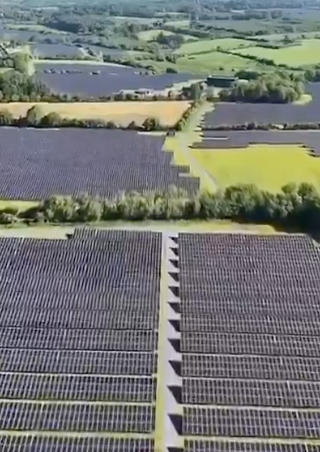Is the Digital Euro a Trojan Horse for Government Surveillance?
Is the Digital Euro a Trojan Horse for Government Surveillance? Privacy Risks and Freedom at Stake
The European Central Bank (ECB) is moving on with plans to launch a digital euro, a central bank digital currency (CBDC) designed to supplement physical cash and existing electronic payment mechanisms. This program intends to establish a secure, efficient, and widely accepted digital payment method across the eurozone. However, major concerns have been voiced about the potential impact on individual freedom and the prospect of increased government surveillance.
Progress and Timeline
In October 2023, the ECB transitioned into the preparation phase of the digital euro project, focusing on finalising the design and distribution models. This phase is scheduled to last two years, with a decision on whether to proceed expected by the end of 2025. The ECB emphasises that any decision to issue a digital euro will only be considered after the completion of the European Union’s legislative process.
Privacy Concerns and Surveillance Risks
A significant concern surrounding the digital euro is the potential erosion of financial privacy. Unlike cash transactions, which are inherently private, digital transactions can be recorded and traced. Critics argue that without robust privacy safeguards, a digital euro could enable unprecedented levels of government surveillance over individual financial activities. The Cato Institute warns that CBDCs could become gateways to surveillance and control, posing serious threats to financial freedom and privacy.
The European Data Protection Supervisor (EDPS) has highlighted that, depending on technical design choices, different privacy and data protection challenges might emerge. A recent survey by the ECB showed that privacy is among the most compelling issues for European citizens regarding the digital euro. If implemented without proper security protocols and an adequate architecture, privacy and security issues could have a major impact due to the scale of such projects.
European Data Protection Supervisor
Design Considerations and Safeguards
The ECB acknowledges these concerns and has stated that ensuring data privacy and consumer protection are of paramount importance in discussions around the digital euro. Complex coding systems involving cryptography, as well as legal frameworks, will be key to embedding privacy and keeping customer data safe.
Additionally, the ECB has proposed holding limits for the digital euro, which would determine the maximum value of digital euros a consumer would be allowed to have, currently suggested to be between €3,000 and €4,000. These limits are intended to prevent large-scale shifts from private bank deposits to the digital euro, which could have implications for financial stability.
Implications for Freedom
The introduction of a digital euro raises serious questions about the balance between technological advancement and individual freedoms. While it promises greater efficiency and security in payments, there is a risk that it could lead to increased state control over personal finances. The potential for programmable money, where the issuer could control how and where the currency is used, further exacerbates these concerns. Critics fear that such features could be used to enforce policies or restrict certain behaviours, thereby infringing on personal freedoms.
Conclusion
As the ECB moves forward with the digital euro project, it faces the critical task of addressing privacy and surveillance concerns. The challenge lies in designing a system that leverages the benefits of digital currencies while safeguarding individual freedoms and preventing government overreach. Ongoing public consultations and transparent discussions will be essential in achieving a balance that maintains trust and upholds the principles of privacy and freedom in the digital age.
Recent Developments in Digital Euro and CBDC Discussions:
Reuters
Digital euro likely but not inevitable, ECB digital currency chief says
216 days ago
Reuters
Central bank digital currency momentum growing, study shows
113 days ago
Financial Times
Speak your brains: CBDC edition
111 days ago



